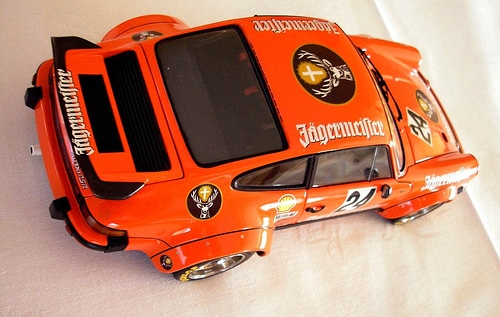
A differential, or "diff," is the device responsible for dividing the power churned out by the transmission output shaft between the left and right drive wheels. Differentials are required by road-driven cars because upon turning, the tire on the outside of the turn must revolve faster than the inside tire. There are a number of means to this end, and the limited slip of choice depends on the vehicle and how you intend to drive the car.
Most cars come factory equipped with an open differential. This type of differential uses a series of gears to send the power from the engine through the path of least resistance, and usually powers the faster turning of the two wheels. The problem is that, because it does route power through the path of least resistance, it will continue to over-power whichever tire is already spinning, resulting in poor performance.
A 1-Way limited slip locks both drive wheels together under acceleration only, and a 2-Way locks the wheels under both acceleration and deceleration. So-called "1.5-Way" diffs fully lock the wheels under acceleration, and only partially under deceleration, enabling greater stability under braking.
This type of differential is the oldest, and is favored for drag racing, drifting, and off-roading. Clutch-Types use a series of alternating clutches and pressure plates (similar to the clutch setup in an automatic transmission) to positively lock the wheels to the drive input. Though effective, the on-off nature of the clutch type can cause instability under acceleration, which according to Auburn Gear, is good for drifting but bad for racing.
A Torque Biasing Diff is mechanically identical to an open diff, but uses angle-cut gears that jam under pressure to lock the wheels. The main reason for using this type of diff is its smooth and user-friendly engagement. Though often adjustable, the torque biasing diff generally doesn't allow quite as much power control as other types, limiting its traction potential.
Used in several generations of Nissan Z cars, this type of diff uses a thick gel to transfer power. As counter-intuitive as it may seem, this gel is engineered to get thicker and stickier when hot, locking the interlaced axle drive plates together. Though unmatched in smoothness, the viscous diff's main drawback is the gel itself, which is limited in the amount of available power transfer and significantly degrades over time.